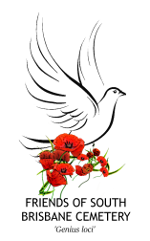THE UNDERTAKERS
The Undertakers
Death in the 19th-century could be an expensive affair. Possible costs included mourning clothes and black hatbands, a pall (a cloth placed over the coffin), grave fees, doctor’s fees, stonemason’s fees, registration of the death, flowers and wreaths, and food for guests. There were also fees for the funeral directors who provided coffins, a hearse and horses, and took care of other arrangements.
Early undertakers relied on horse-drawn transport, and a surviving remnant of those days are the concrete troughs which can be found in a quiet part of the cemetery. These were originally used for holding food and drink for the horses that pulled the hearses, as well as the carts of other visitors to the cemetery.
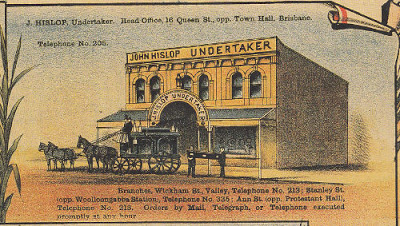
An electric tramline was laid along Gladstone Road in the 1900s, allowing people to use trams for the funeral processions for the first time. Special hearse trams were used, in which the coffin was placed at the front of the tram behind the driver and the mourners were seated in the carriage behind. Coffins could also arrive by train at the Boggo Junction (later Dutton Park) station across the road. This usually happened when the deceased had died out of town and had to be brought in to the family plot.
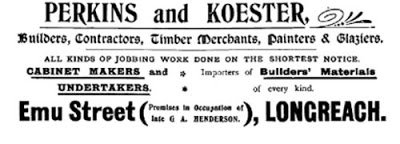
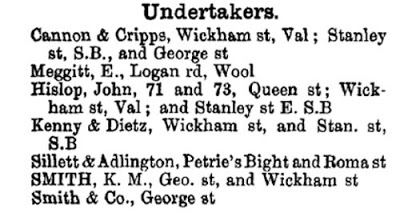
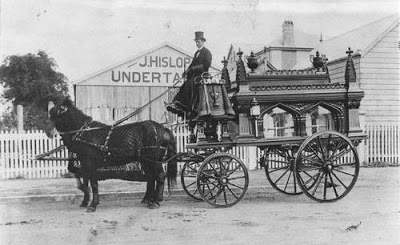
We are interested in collecting old records, photographs and paraphernalia associated with local undertaking. Please contact us by email if you can help with this material.
